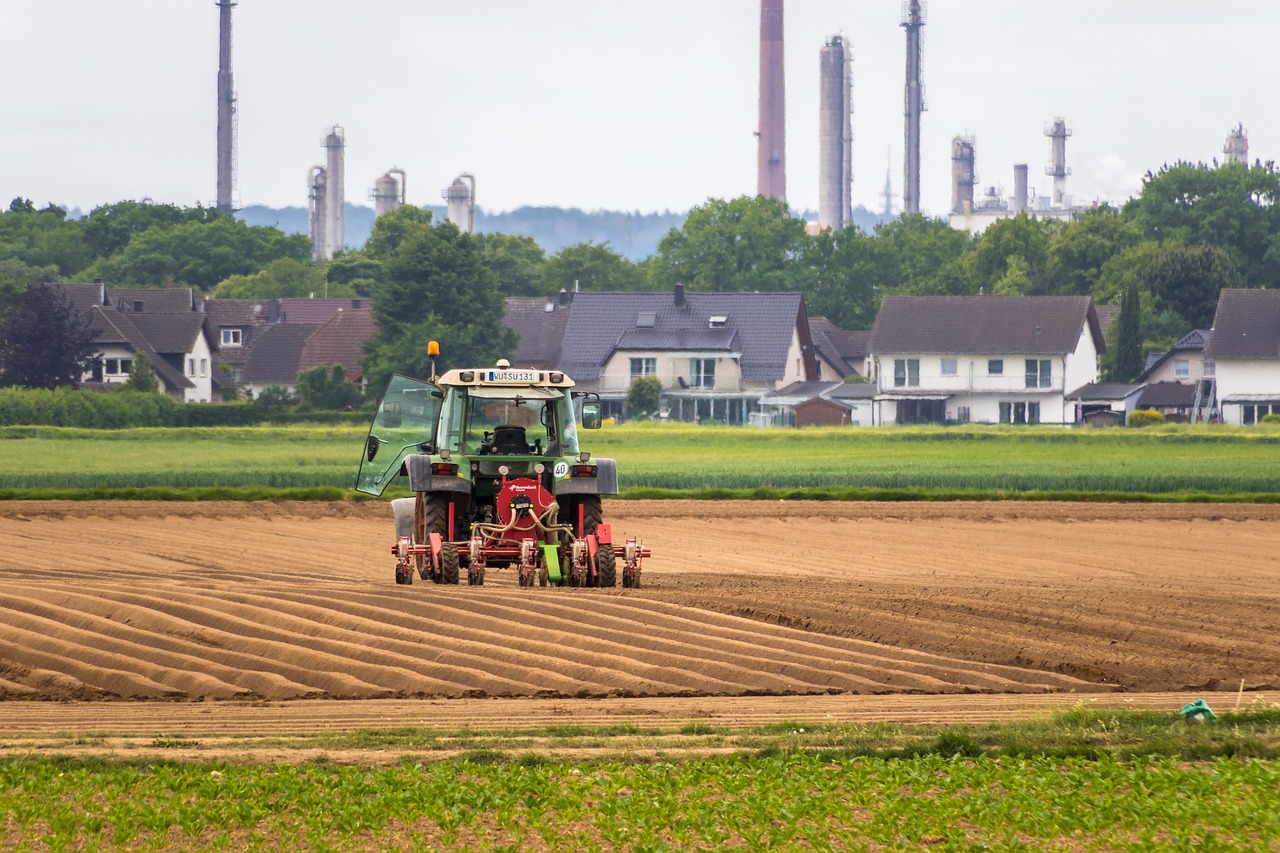Tech Trends in Cyber-Physical Systems
Cyber-physical systems (CPS) represent a sophisticated blend of computing, networking, and physical processes. These systems seamlessly integrate digital computing elements with physical components, enabling them to interact, communicate, and collaborate in real-time. CPS play a pivotal role in various domains like healthcare, transportation, manufacturing, and smart infrastructure, revolutionizing the way we perceive and interact with the world around us.
The evolution of technology has propelled the development and adoption of CPS, leading to significant advancements in automation, connectivity, and data processing. Through the integration of sensors, actuators, and intelligent algorithms, CPS can monitor, control, and optimize complex systems with unparalleled efficiency and responsiveness. As CPS continue to evolve, their impact on everyday life is becoming more pronounced, reshaping industries and enhancing our capabilities to tackle complex challenges in an interconnected world.
Evolution of IoT and CPS Integration
The integration of Internet of Things (IoT) and Cyber-Physical Systems (CPS) has significantly transformed the landscape of technology. IoT devices collect and transmit data through the internet, while CPS monitors and controls physical processes. The convergence of these two technologies has led to enhanced efficiency, increased automation, and improved decision-making processes across various industries.
As IoT devices continue to proliferate and CPS becomes more sophisticated, the integration of these technologies will become even more seamless. This integration enables real-time data processing, predictive maintenance, and autonomous operation of complex systems. The evolution of IoT and CPS integration is paving the way for the development of smart cities, autonomous vehicles, and advanced healthcare systems.
Impact of Artificial Intelligence on CPS
Artificial intelligence (AI) has revolutionized the landscape of cyber-physical systems (CPS) by introducing advanced capabilities such as machine learning and predictive analytics. The integration of AI into CPS has enabled these systems to make autonomous decisions, optimize performance, and adapt to changing environments in real-time. By leveraging AI algorithms, CPS can effectively analyze large volumes of data generated from interconnected devices, enabling them to identify patterns, predict failures, and enhance overall efficiency.
Moreover, AI has significantly improved the security of CPS by providing robust threat detection mechanisms and proactive defense strategies. With AI-powered anomaly detection and behavior monitoring tools, CPS can quickly identify and mitigate potential cyber threats, safeguarding critical infrastructure and sensitive data. The application of AI in CPS not only enhances operational reliability but also strengthens resilience against cyber attacks, ensuring the continued functionality and integrity of these interconnected systems.





